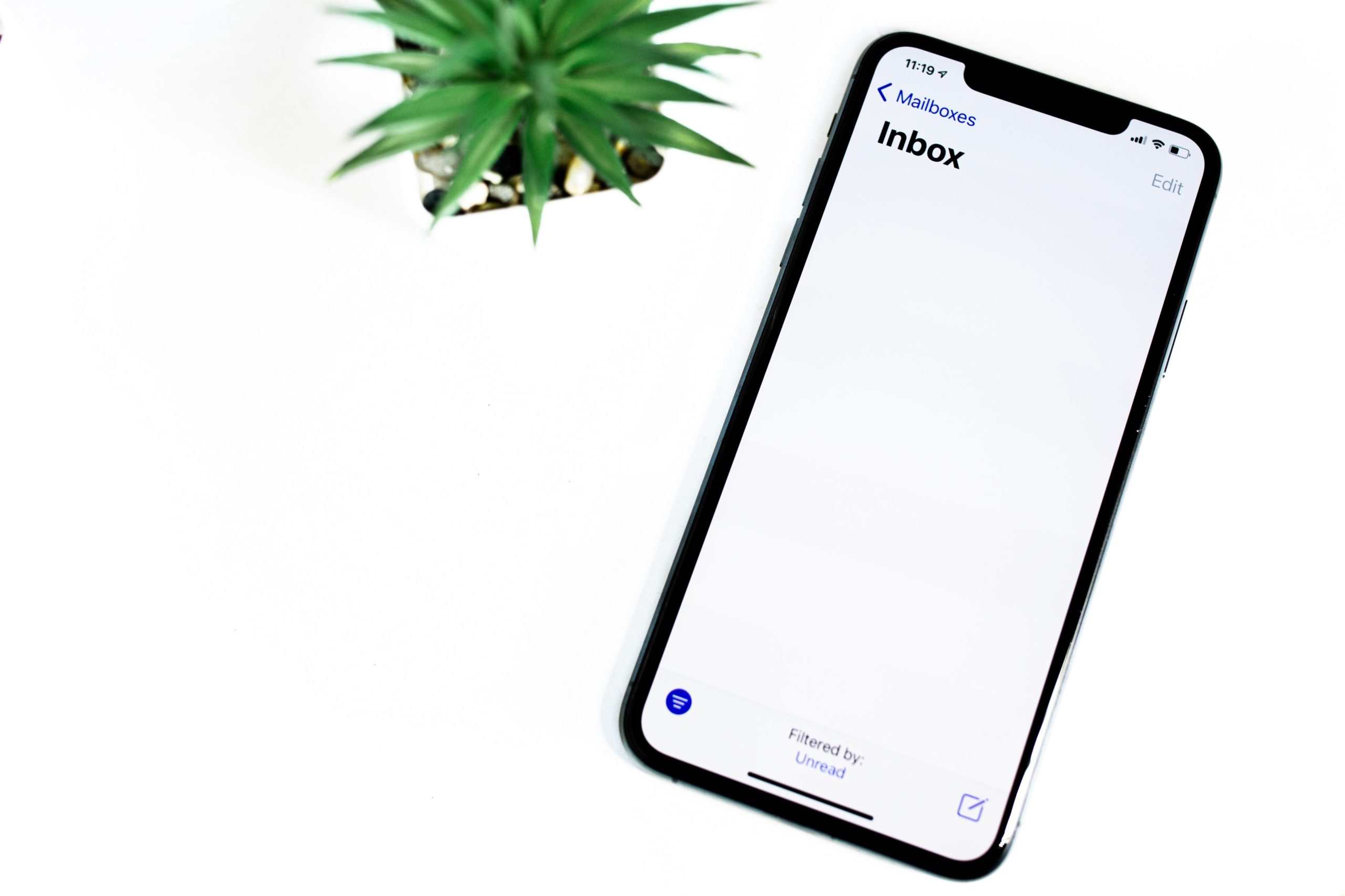Have you heard of email drip campaigns? What about drip marketing, lifecycle emails, marketing automation, autoresponder emails, or automated email campaigns? They’re one-in-the-same—and they’re a great way to transform your list of email leads into a marketing strategy that converts!
What are Email Drip Campaigns?
Email drip campaigns (or whatever you prefer to call them) are a series of emails that automatically deploy after a user completes a task and triggers a response. For instance, an automated welcome email should always deploy when someone joins your email list. You can follow this initial action with two or three more emails to welcome the new subscriber to your online community.
Likewise, if you’re a doctor who has invested in an automated email drip campaign, two consecutive emails might deploy when a new patient schedules a visit with your medical practice. The first email confirms the appointment and contains forms patients need to complete prior to their visit, and the second serves as an appointment reminder.
Essentially, email drip campaigns are a “set it and forget it” marketing tactic. They allow you to write mass emails to automatically deploy to segmented audiences based on common trends and business needs.
But not all email drip campaigns are created equal. If you want to send the same email as the first impression a customer has with your business, it better be GOOD. You only get one chance to win over new customers or woo existing customers to make another purchase in the future.
How To Create Your First Email Drip Campaign
No matter your business, you can benefit from drip email campaigns. The following tips will show you how to run successful and strategic email campaigns.
1. Determine The Purpose of Your Email Drip Campaigns
As with any marketing tactic, determine the why before jumping head-first into tactics. Many companies create email drip campaigns for the following reasons.
Welcome New Leads
Welcome emails serve three purposes: to improve customer experience and customer loyalty; confirm an action — something customers expect; and create an opportunity to introduce your brand, its content, and promote social followings.
It turns out welcome email autoresponders have an impressive open rate—nearly 90% when sent instantaneously upon sign-up compared to the 15% of standard emails.
When you create your drip welcome email campaign, first make your new lead feel like part of the family. Say hello and thank them for signing up. Then dive into the cross-promotion. Treat this email as a digital orientation to your products, services, platform, and content, and you’ll do just fine.
Train and/or Onboard New Customers
Once you complete the niceties, convert your email leads. For instance, if you sell nutritional supplements, craft an email about how to create a user account and sign up for auto-ship on certain products. If you’re a doctor, demonstrate how to use your online patient portal. If you have an app or a webinar for download, inspire your email list to complete this task. Get the picture?
Of course, you can also use your onboarding emails to train your customers to use their accounts and your website features as intended. But, onboarding drip campaigns typically aim to close a sale or take a bigger step toward one.
Remind Users About Abandoned Shopping Carts
Abandoned cart autoresponder emails are one of the most effective ways to make sales! According to Shopify, customers abandon 70% of carts. Albeit, when these consumers return to their abandoned carts, 72% make a purchase within one day. Suffice to say, all e-commerce brands should have an autoresponder email campaign for abandoned carts!
To make the most of these drip emails, use personalization, like the first name of your email contact. Add urgency and intrigue to the headline by asking questions like, “Did you forget something?” Make a sale more enticing by offering a time-sensitive discount code to complete the purchase. Abandoned cart emails receive greater than a 45% open rate (triple the average email open rate), so experiment with your campaign to see what works best!
Recommend Products or Services
Recommending products or services is where audience segmentation becomes your best friend. Deploy a drip series based on your users’ buying and shopping habits. If you have the data to determine similar interests, you may make more sales via emails. Just don’t spam your email list with too many, or you’ll suffer from unsubscribes.
Engage an Email List
Audience engagement is a crucial building block for customer loyalty—the ultimate prize in marketing. Set emails to deploy after users tag or mention your brand on social media, or visit your website. Even consider creating emails to galvanize engagement among lapsed users with a subject line like, “Hey, where’ve you been?” or “We miss seeing you around!” Whatever you can do to stay top-of-mind with users via a drip campaign will help your brand overall.
Remind Users About Renewals and/or Subscriptions
Based on subscription expirations, deploy emails to remind users to renew. Like abandoned carts, don’t forget the urgency here! Create a series that deploys over the course of days or weeks—up until the last hours before a subscription expires to increase your chances of retaining that customer. Even after the deadline passes, send a final autoresponder to communicate that it’s not too late to renew or this is their final chance at a certain rate.
Confirm Purchases or Appointments
Users expect confirmation emails after they buy or book something. This poses a great opportunity to upsell as well. If you are a wellness brand, add a blurb to promote corresponding products and services that customers can add to their order. If you sell medicinal mushrooms, maybe cross-promote blogs to give a customer more information about a product and drive traffic to your website.
Address Unsubscribes
Some people will inevitably unsubscribe from your emails. You have to give them the option to, or risk being reported as spam. However, you can use unsubsribes as a learning experience with the help of a drip email.
Tell your customers you’re sorry to see them go. Then, politely ask them to share why they no longer want to receive communications from you. Make this as easy as possible with a few multiple-choice answers. The more convenient your email, the more answers you’ll receive. And the more you know, the better you’ll be able to address issues to avoid unsubscribes in the future.
2. Segment Your Email Audiences
Just because you have a mass email campaign, doesn’t mean it should go to the masses. Segment your audiences with your email drip campaigns to get better results! Drip campaigns thrive when you base your emails on user or demographic information or specified actions.
Use this information to create segmented groups based on behaviors, preferences, buying history, and engagement. Personally, we like to use a tiered approach like lapsed purchasers, semi-regular buyers, and loyal customers. Play around with it and see what works for you. That way, you can tailor copy to each audience to deliver what they need and achieve your goals.
3. Strategically Write and Design Your Emails
Tailor drip email messaging to your segmented audiences. Think about details and personalization down to the subject line and leader text. If you can, include minimal imagery—while one or two images and videos improve click-through-rate, this metric declines when you add more than a few images or videos to any given email. Also, don’t forget about landing pages for these emails to convert your audience!
4. Determine Your Drip Strategy, Cadence, and Metrics
Don’t overwhelm your audience with drip campaigns! Think carefully about the trigger for your drip series, how often you send emails, and how you can get the most out of the least amount of communications. Set metrics like click-through-rate, open-rate, and conversions. Track these numbers to compare historical data and improve. Just remember that what works for one segment may not for another.
5. Optimize Your Automated Email Drip Campaigns!
Now it’s time to deploy your emails! Sit back and relax, knowing your audience receives timely and relevant emails and critical points in the customer journey. Just don’t sit back too long. Stay nimble, pay attention to results, and optimize to make the most of your email marketing automation budget.
Want to know more about DIY email marketing? Get in touch, and we’ll help you out.














